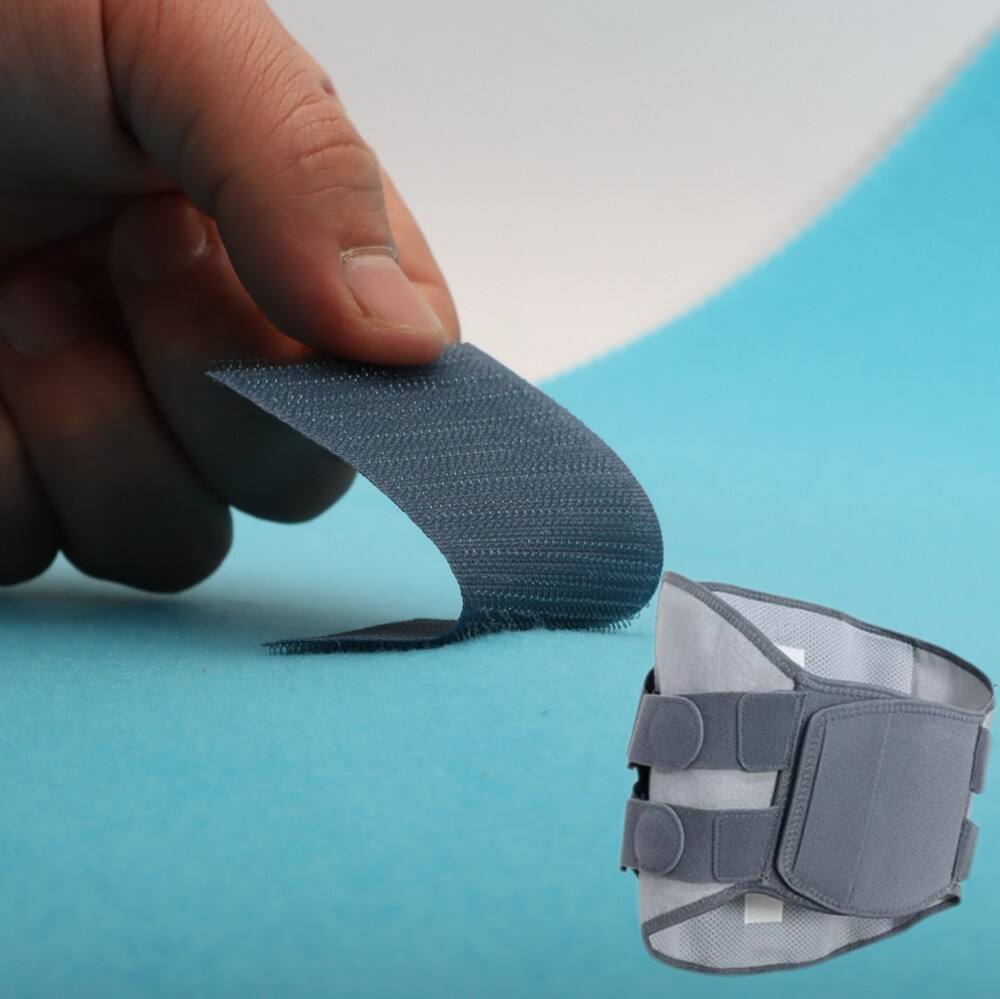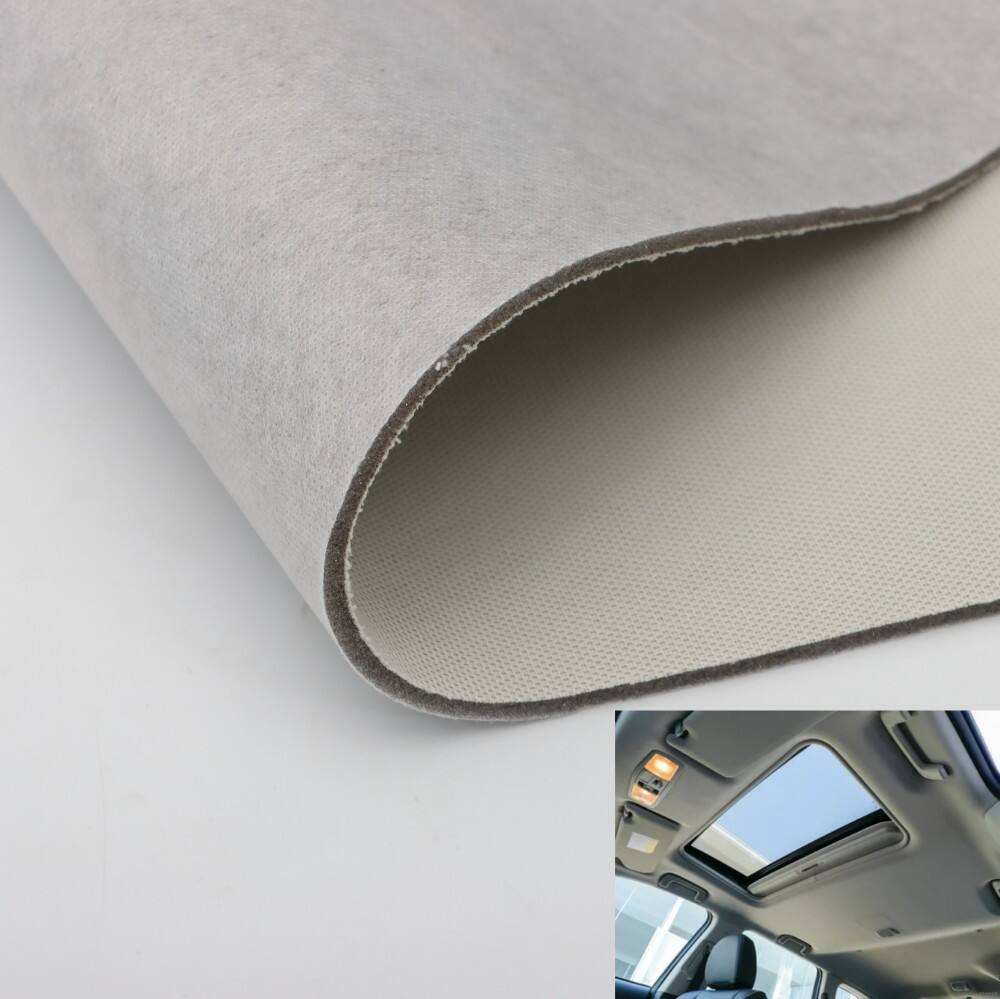Advancing Healthcare Protection Through Innovative Materials
The healthcare industry continually evolves, and with it, the materials used in medical protective wear must adapt to meet increasingly demanding requirements. Fabric foam composite has emerged as a groundbreaking solution that combines the comfort of traditional fabrics with enhanced protective properties. This innovative material represents a significant leap forward in medical wear technology, offering healthcare professionals superior protection without compromising mobility or comfort during long shifts.
Recent developments in material science have positioned fabric foam composite at the forefront of medical protective wear innovation. By integrating multiple layers of specialized materials, this advanced composite creates a robust barrier against biological hazards while maintaining breathability and flexibility. The growing adoption of this material in healthcare settings worldwide demonstrates its effectiveness in meeting the complex demands of modern medical environments.
Core Components and Material Science
Layer Integration and Structure
The sophisticated engineering behind fabric foam composite involves a carefully designed layering system. The outer layer typically consists of durable, fluid-resistant fabric that serves as the first line of defense against splashes and spills. The middle foam layer provides cushioning and additional protection, while the inner layer offers comfort and moisture-wicking properties to keep healthcare workers comfortable during extended wear.
Advanced manufacturing techniques ensure these layers work in harmony, creating a unified material that maintains its protective properties even after repeated use and washing cycles. The bonding process between layers is crucial, utilizing specialized adhesives or thermal bonding methods that preserve the material's flexibility while ensuring durability.
Performance Characteristics
The unique properties of fabric foam composite make it exceptionally suitable for medical protective wear. The material demonstrates superior impact absorption, which helps protect healthcare workers from accidental strikes or falls. Its multilayer structure provides excellent thermal regulation, preventing overheating during long procedures while maintaining a comfortable microclimate close to the skin.
Laboratory testing has shown that fabric foam composite achieves higher protective ratings compared to traditional single-layer materials. The composite structure effectively blocks penetration of potentially harmful substances while allowing sufficient air permeability to prevent moisture buildup.
Protective Benefits and Safety Features
Barrier Protection Excellence
In medical environments, barrier protection is paramount, and fabric foam composite excels in this crucial aspect. The material creates an effective shield against blood, bodily fluids, and other potentially hazardous substances. The multilayer construction provides redundant protection, ensuring that even if one layer is compromised, the underlying layers maintain their protective integrity.
The material's resistance to penetration extends to microscopic threats, with testing demonstrating effective blockage of bacterial and viral particles. This comprehensive protection makes fabric foam composite particularly valuable in high-risk medical settings where exposure to infectious agents is a constant concern.
Durability and Longevity
Healthcare facilities benefit from the exceptional durability of fabric foam composite protective wear. The material maintains its protective properties through numerous washing and sterilization cycles, representing a cost-effective investment for medical institutions. The robust construction resists tearing and punctures, ensuring reliable protection throughout the garment's service life.
Quality testing has shown that properly maintained fabric foam composite garments can retain their protective properties for hundreds of wear cycles, significantly outlasting traditional protective wear materials. This extended lifespan contributes to sustainability efforts while reducing the long-term cost of protective equipment.
Comfort and Ergonomic Advantages
Movement and Flexibility
Healthcare professionals must maintain precise control and freedom of movement while performing critical procedures. Fabric foam composite achieves an optimal balance between protection and flexibility, allowing natural movement without restriction. The material's ability to conform to body contours while maintaining its protective properties sets it apart from more rigid alternatives.
The lightweight nature of fabric foam composite reduces fatigue during long shifts, enabling healthcare workers to maintain high performance levels throughout their workday. Strategic placement of flexible zones in garment design further enhances mobility in key areas such as joints and reach points.
Temperature Management
Effective temperature regulation is crucial for healthcare workers wearing protective gear for extended periods. Fabric foam composite incorporates advanced moisture management technology that wicks away perspiration while maintaining optimal thermal balance. The material's breathable structure allows heat dissipation while preventing external moisture penetration.
Research has shown that healthcare workers wearing fabric foam composite protective wear report significantly higher comfort levels during long procedures compared to traditional materials. This improved comfort translates to better focus and reduced fatigue, ultimately contributing to better patient care.
Environmental and Economic Impact
Sustainability Considerations
The development of fabric foam composite aligns with growing environmental consciousness in healthcare. Many manufacturers now incorporate recycled materials in the production process and implement sustainable manufacturing practices. The material's durability reduces waste by extending the replacement cycle of protective wear.
Innovative recycling programs are emerging to process used fabric foam composite garments, recovering valuable materials for reuse in other applications. This closed-loop approach helps minimize the environmental impact of medical protective wear while supporting broader sustainability initiatives in healthcare.
Cost-Benefit Analysis
While the initial investment in fabric foam composite protective wear may be higher than traditional alternatives, the long-term economic benefits are substantial. The extended service life and superior protection reduce replacement frequency and minimize the risk of workplace injuries or exposures that could result in costly medical treatment or lost work time.
Healthcare facilities implementing fabric foam composite protective wear report significant reductions in their annual protective equipment budgets, with savings often exceeding 30% over a three-year period. These cost benefits, combined with improved staff satisfaction and protection, make fabric foam composite an attractive choice for forward-thinking medical institutions.
Frequently Asked Questions
How often should fabric foam composite protective wear be replaced?
The replacement schedule depends on usage intensity and care practices, but properly maintained fabric foam composite protective wear typically maintains its effectiveness for 150-200 wash cycles or approximately 12-18 months of regular use. Regular inspection for signs of wear or damage should guide replacement decisions.
Can fabric foam composite protective wear be sterilized?
Yes, fabric foam composite can withstand standard medical sterilization processes, including autoclave treatment at appropriate temperatures. However, always follow manufacturer-specific guidelines for sterilization procedures to maintain the material's protective properties.
What makes fabric foam composite more effective than traditional protective materials?
The multilayer construction of fabric foam composite provides superior protection through redundant barrier layers while maintaining breathability and comfort. The integrated foam layer enhances impact protection and creates a more effective barrier against biological and chemical hazards compared to single-layer materials.







